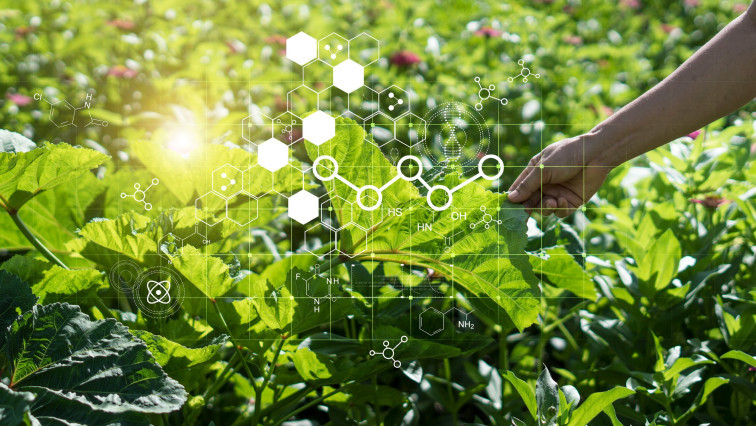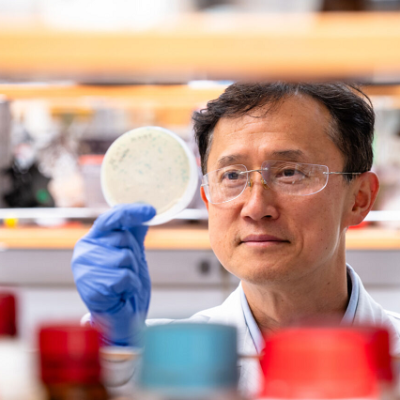Significant advancements have been made, as exemplified by the pioneering efforts of Kadamba. Their approach to green nanotechnology encompasses Indic wisdom, aiming to bring about a paradigm shift towards the creation of phytomedicines, advanced functional foods, and functional beverages.
Their vision includes the creation of sophisticated nano domains for the production of green energy, achieved solely through the use of eco-friendly technologies. The philosophy of Kadamba is centered around the complete elimination of toxic chemicals and toxic waste in the processing and manufacturing of their products. Their unwavering vision is focused on achieving a net zero or net negative carbon footprint across all their technological domains.
The concept of green nanotechnology combines the principles of sustainability and nanotechnology to develop environmentally friendly solutions. Nanotechnology, with its ability to manipulate matter at the atomic and molecular scale, offers immense potential for creating innovative products and processes.
The key principles of green nanotechnology include the use of environmentally benign materials, energy-efficient processes, waste reduction, and the development of recyclable and biodegradable nanoproducts.
Market Size
The green nanotechnology market is positioned for significant expansion, with projections indicating it will reach a pinnacle of $417.35 billion in 2030. This growth is driven by a compound annual growth rate of 21.6% from 2022 to 2030, reflecting a direct response to mounting environmental concerns.
Industry and Academic Insights in Funding Green Nanotechnology
According to the National Library of Medicine (NLOM), the application of nanotechnology is anticipated to make substantial contributions to environmental and climate protection by conserving resources such as raw materials, energy, and water, while simultaneously reducing greenhouse gas emissions and hazardous waste.
NLOF has said, “Green nanotechnology, in phytoformulations, significantly contributes to environmental sustainability through the production of nanomaterials and nanoproducts, without causing harm to human health or the environment.”
Barriers to entry
Overcoming the barriers to entry in the field of green nanotechnology can be a challenging task for individuals and organizations. It requires substantial investments in research and development, including costs for experiments, equipment, and trials.
Additionally, integrating diverse disciplines like nanoscience, environmental science, and sustainable engineering requires specialized training and in-depth knowledge. These hurdles can pose significant financial and time constraints for potential entrants.
Impact on Everyday lives
Green nanotechnology has the potential to significantly impact everyday lives, transforming various aspects of our routines. It can enhance energy efficiency through the development of advanced batteries and supercapacitors, leading to longer-lasting and more efficient portable electronics, electric vehicles, and renewable energy systems.
Green nanotechnology also promotes environmental sustainability by reducing the use of hazardous materials, enabling efficient water and air purification, and facilitating early detection and mitigation of ecological issues. In the field of healthcare, it offers targeted drug delivery systems and nanosensors for improved diagnostics and personalized treatments.
Moreover, it can revolutionize agriculture with enhanced nutrient delivery and crop monitoring, as well as contribute to clean water and air by filtering contaminants and capturing pollutants. Ultimately, green nanotechnology holds the promise of a greener and more sustainable future for all.
Read the original article on Nano Magazine.







